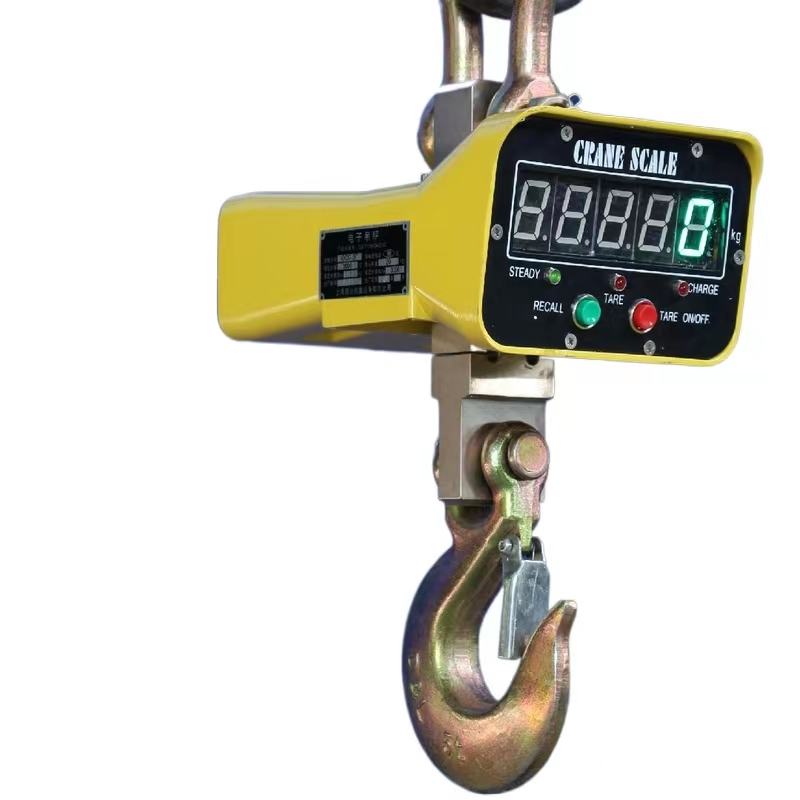


Understanding Fall Protection Tools A Comprehensive Guide
In various industries, particularly construction, maintenance, and manufacturing, worker safety is paramount. One of the critical aspects of ensuring safety is fall protection, especially when workers are at heights. Falls are a leading cause of serious injuries and fatalities in the workplace. Consequently, the implementation of fall protection systems and tools is not only a regulatory requirement but also a moral obligation to ensure the well-being of employees. This article explores the essential fall protection tools, their types, and their importance.
Importance of Fall Protection
Falls from heights can result in severe injuries, including fractures, head trauma, and even death. The Occupational Safety and Health Administration (OSHA) reports that falls account for a significant percentage of workplace fatalities. Therefore, investing in fall protection tools is imperative for employers to mitigate risks and establish a culture of safety. Moreover, using proper equipment enhances productivity as workers feel secure in their environment and can focus on their tasks without fear of accidents.
Types of Fall Protection Tools
Fall protection tools can be categorized into various types, each designed for specific situations and applications. Here are the primary categories
1. Personal Fall Arrest Systems (PFAS)
PFAS are essential for any work at heights
. Components of a PFAS include- Harnesses A full-body harness distributes the energy of a fall over a larger area of the body, reducing the risk of injury. - Lanyards These are used to connect the worker’s harness to an anchor point. They come in two types shock-absorbing and self-retracting. - Anchorage This refers to a secure point that can withstand the forces of a fall. Proper anchorage is crucial for the effectiveness of the entire system.
2. Guardrails
Guardrails are a passive form of fall protection. They are installed around edges of elevated surfaces to prevent workers from falling. Guardrails must meet specific height and strength regulations. They serve as an effective way to protect workers without requiring them to don additional equipment.

3. Safety Nets
Safety nets are used in areas where it may not be practical to use guardrails or harnesses. They are suspended below a work area to catch a person in case they fall, thus preventing injuries. Nets must be installed correctly and regularly inspected to ensure effectiveness.
4. Floor Covers
In construction sites, floor openings pose a significant risk of falls. Floor covers provide a barrier and protect workers from falling into these openings. They must be secure and able to withstand the weight of workers or equipment.
5. Ladder Safety Devices
Ladders are common tools used in various industries, but they can be hazardous. Ladder safety devices such as stabilizers or ladder stabilizing belts can enhance safety. These devices help ensure that ladders remain secure when in use and significantly reduce the risk of falls.
6. Training and Education Tools
While tools and equipment are vital, training is equally important. Safety training programs educate workers about the risks of working at heights and how to use fall protection tools effectively. Ensuring that workers understand the proper use of equipment can significantly reduce accidents.
Conclusion
Fall protection tools are essential in maintaining a safe work environment for employees who work at heights. Understanding the various types of fall protection, including personal fall arrest systems, guardrails, safety nets, and more, is crucial for both employers and workers. Organizations must not only invest in high-quality equipment but also prioritize training and education to create a culture of safety. The goal is simple by utilizing fall protection tools effectively, we can save lives, prevent injuries, and ensure that employees return home safely at the end of each workday. Prioritizing safety is not just an obligation; it’s an investment in a company’s greatest asset—its people.



